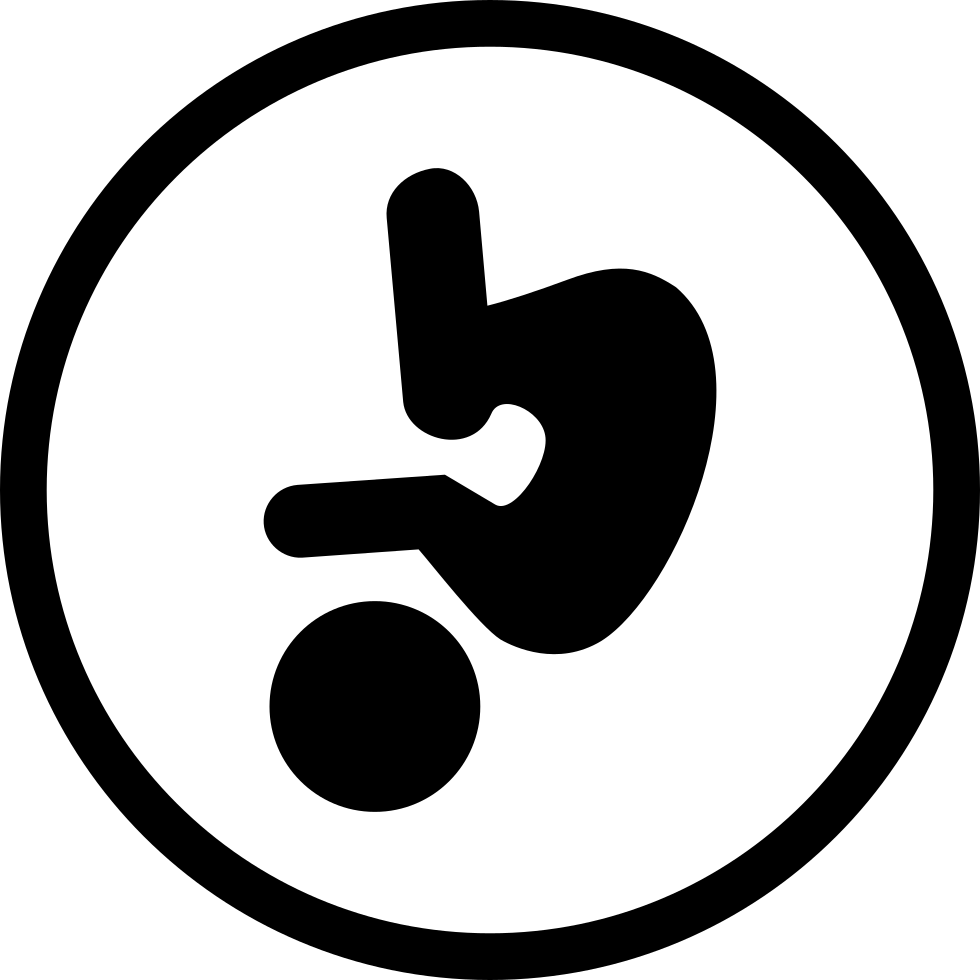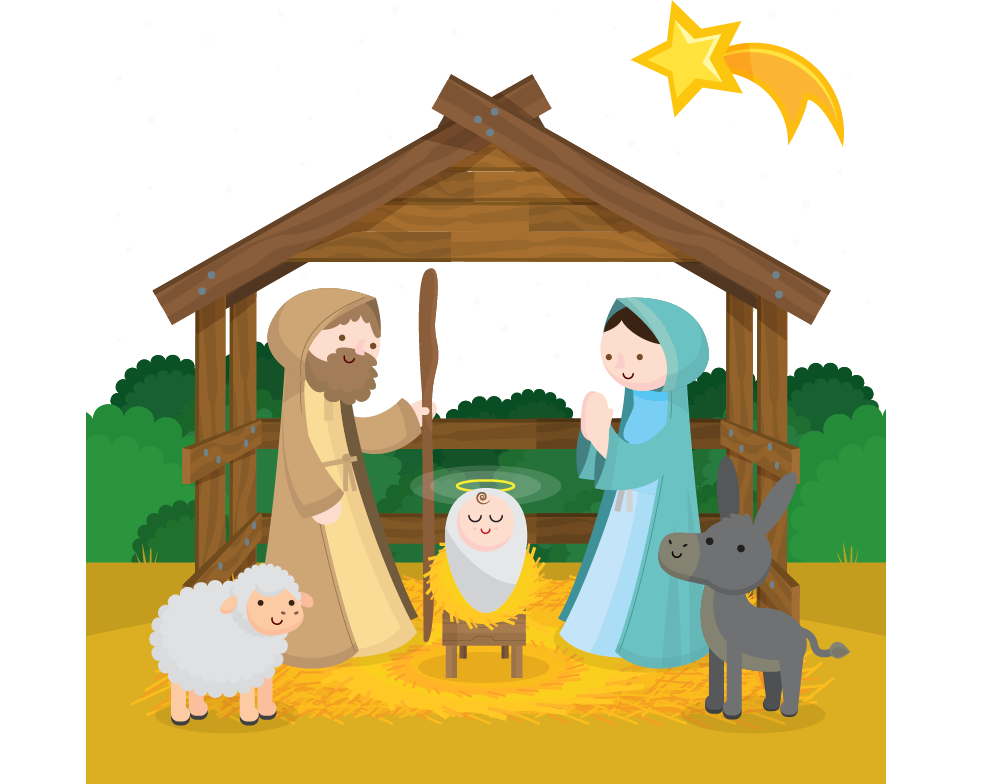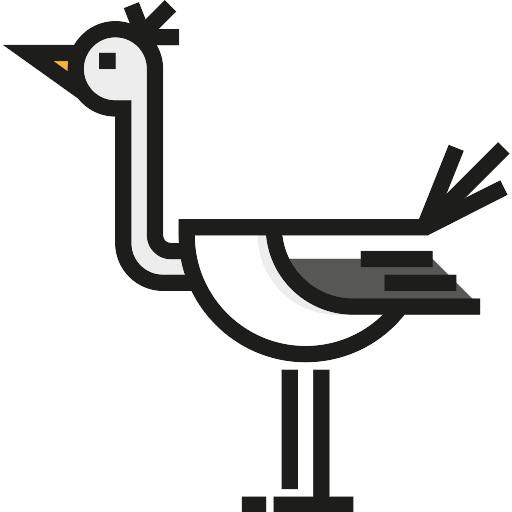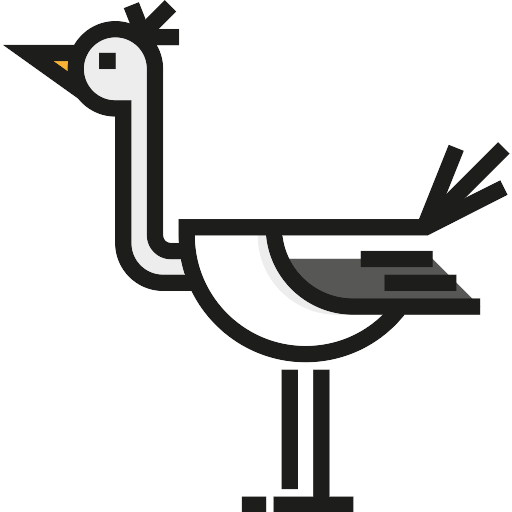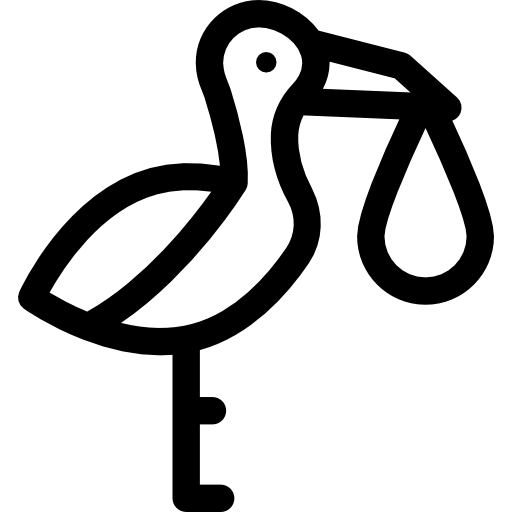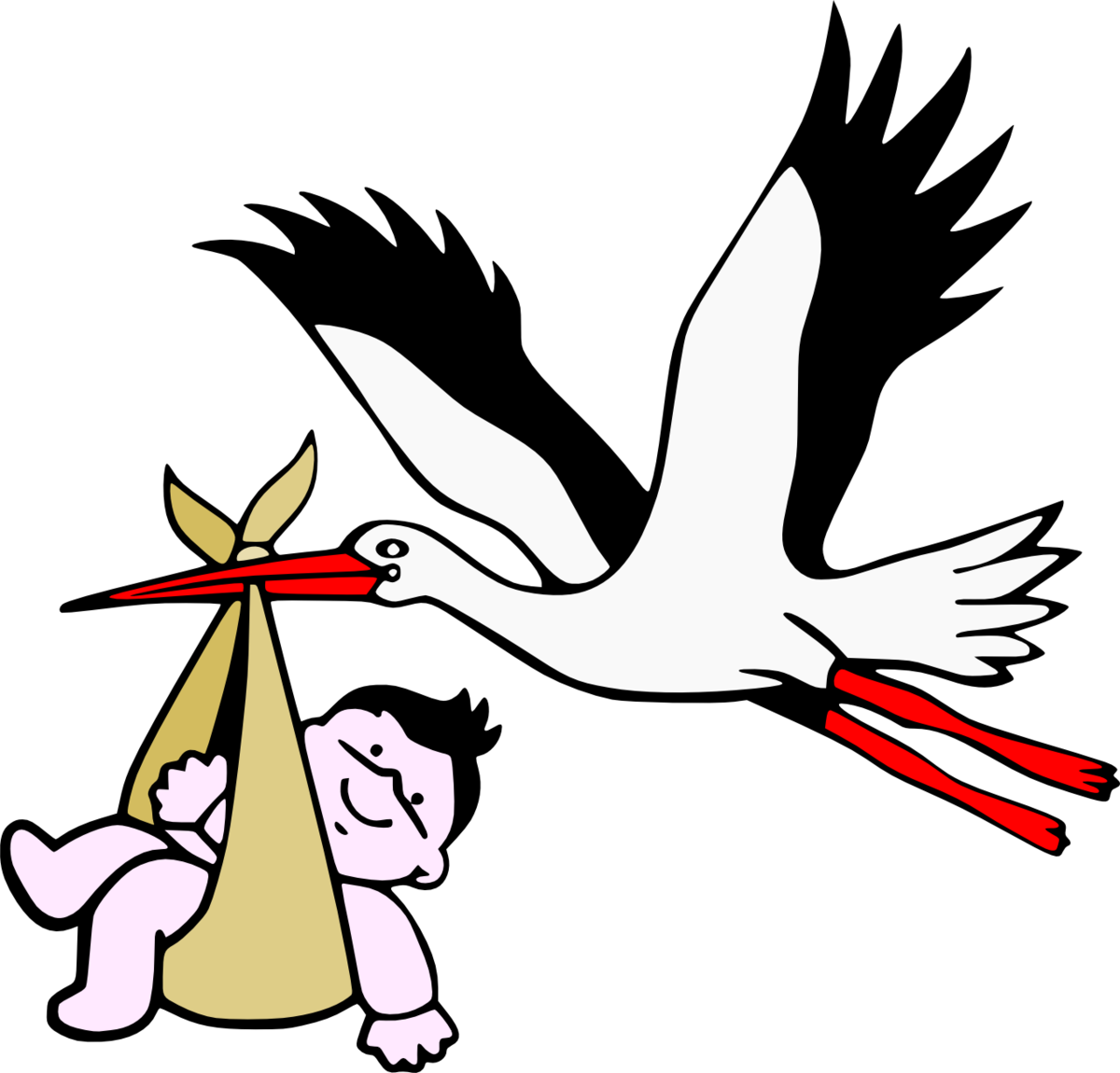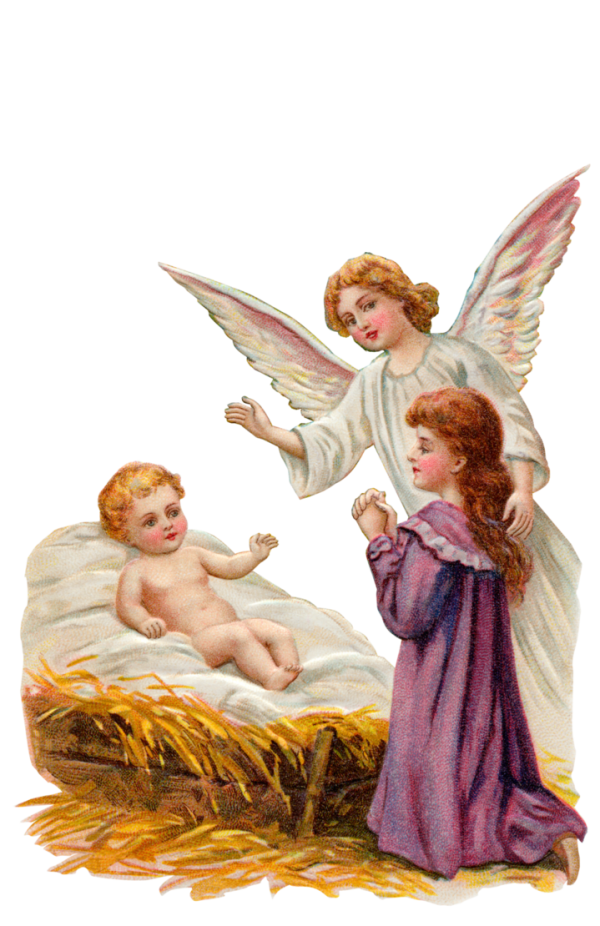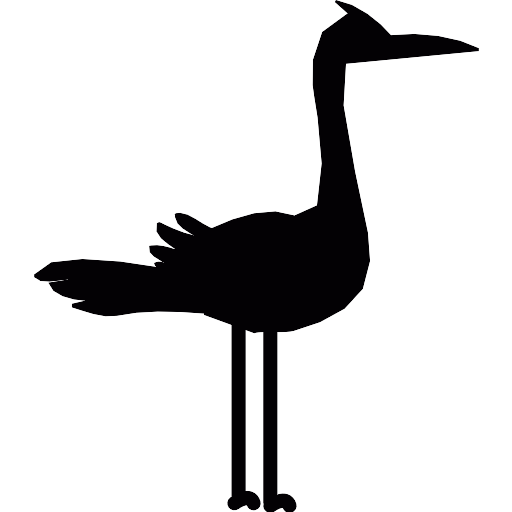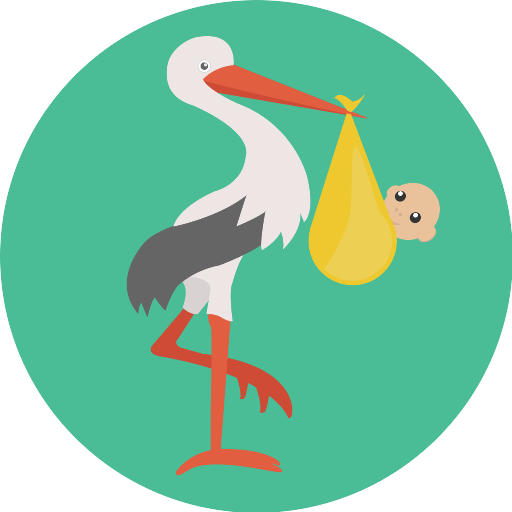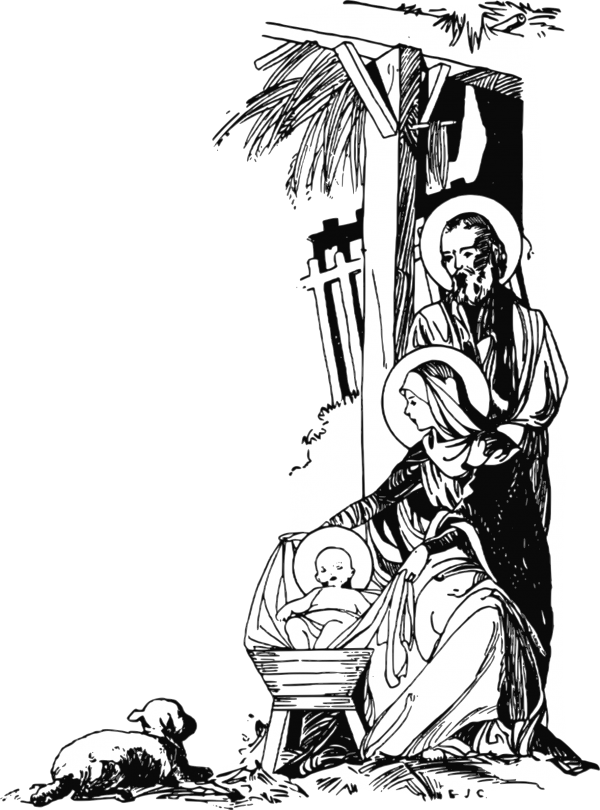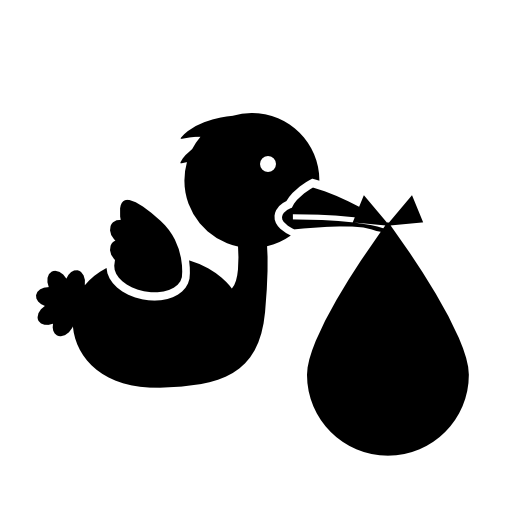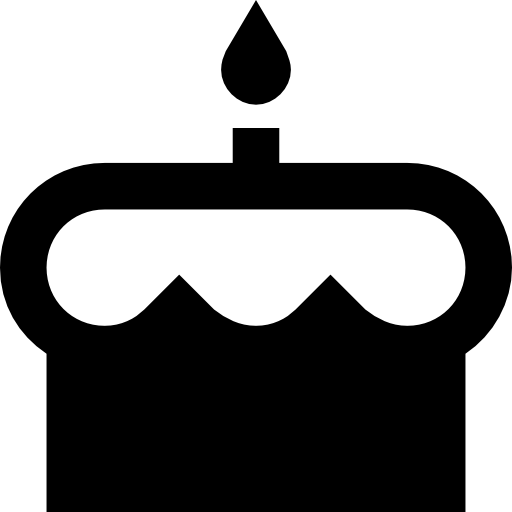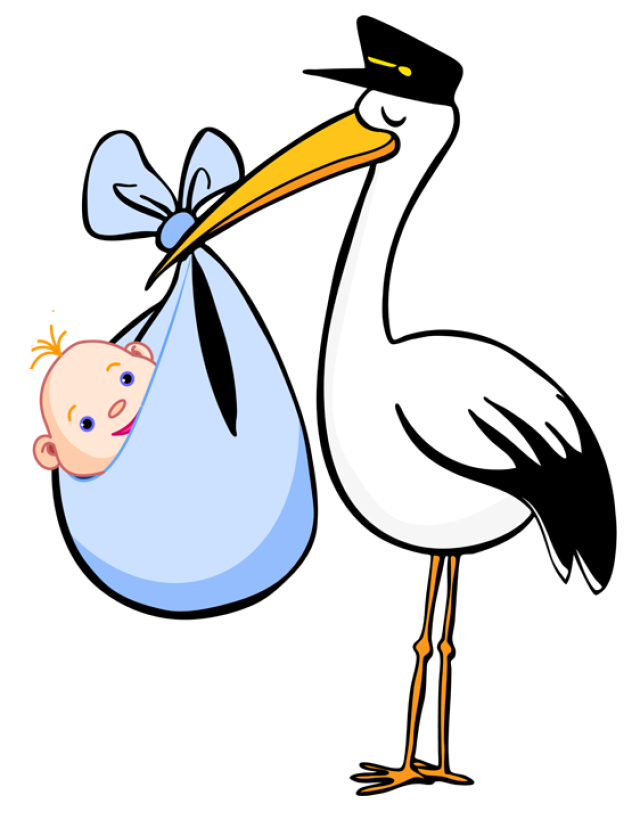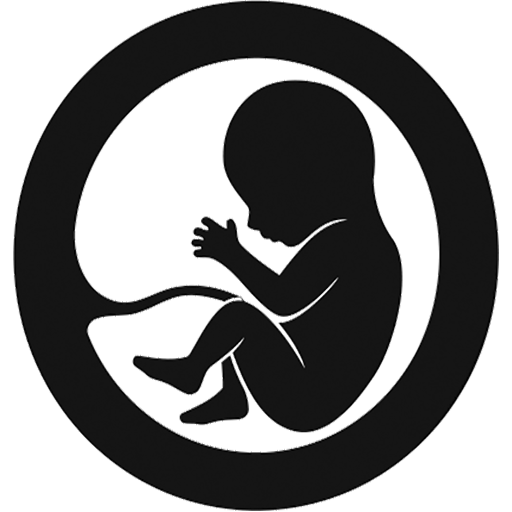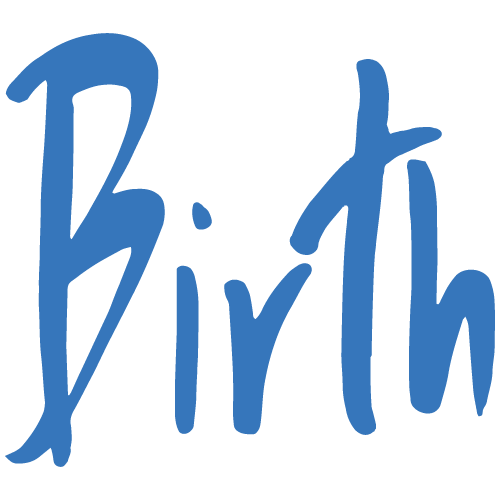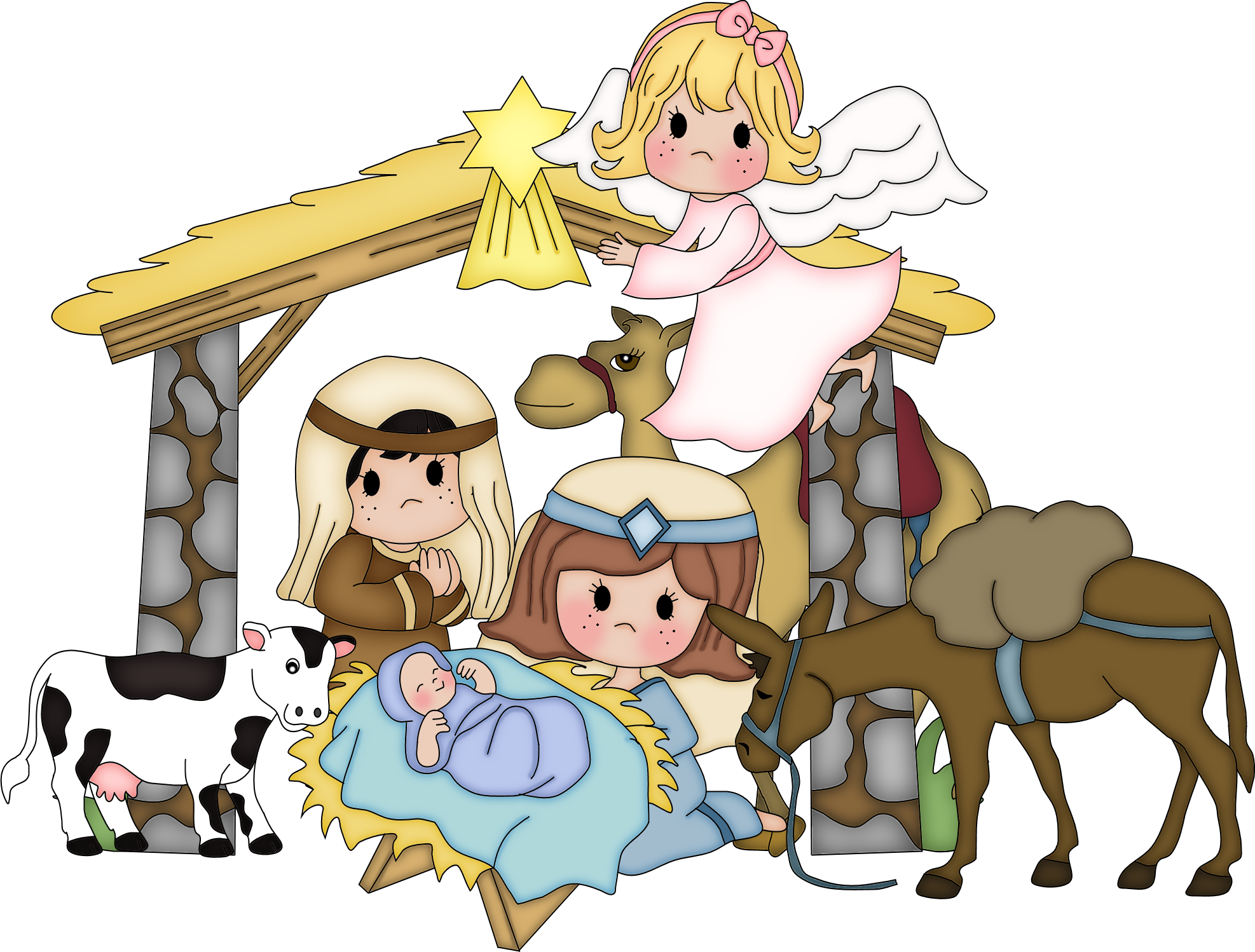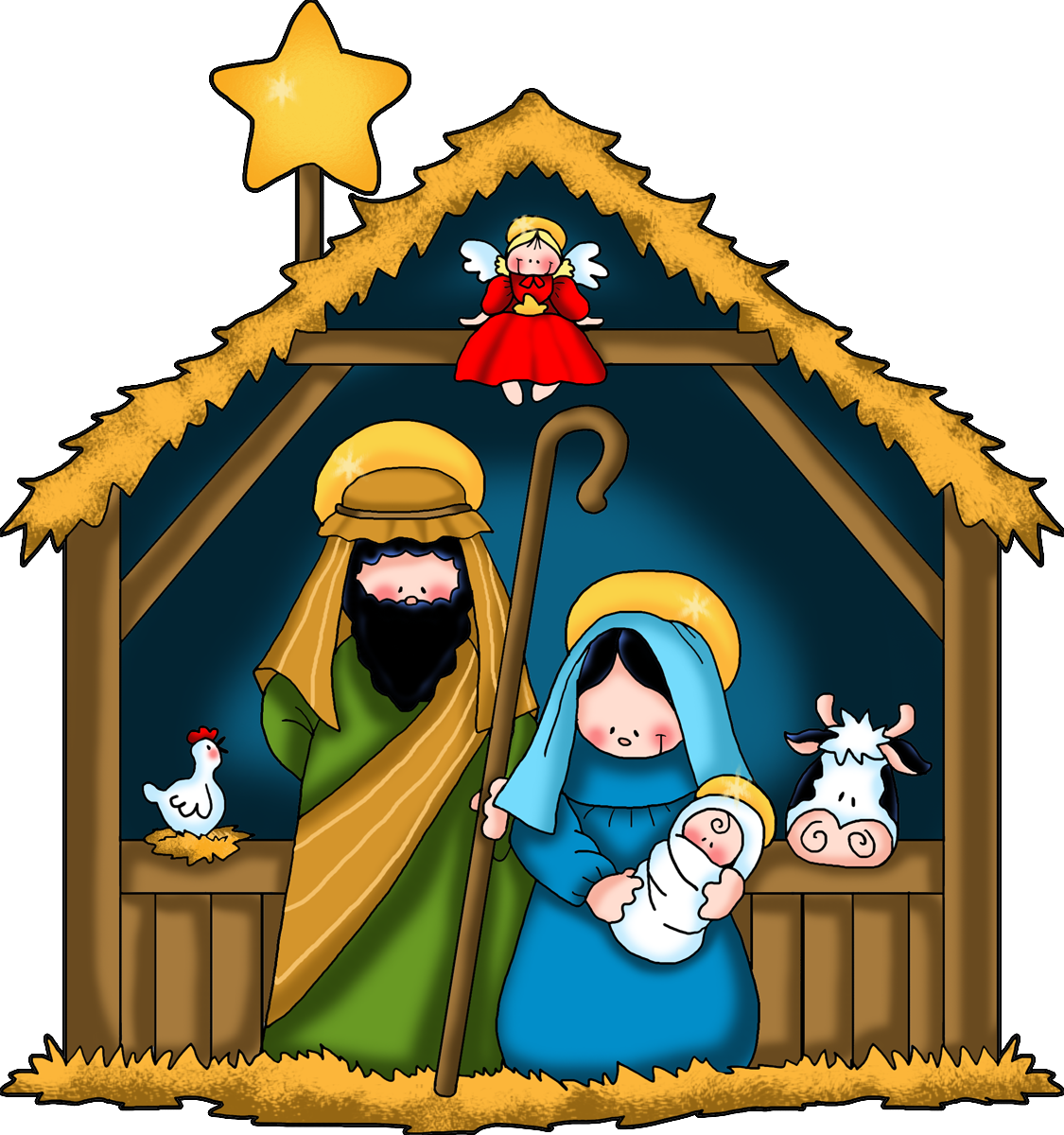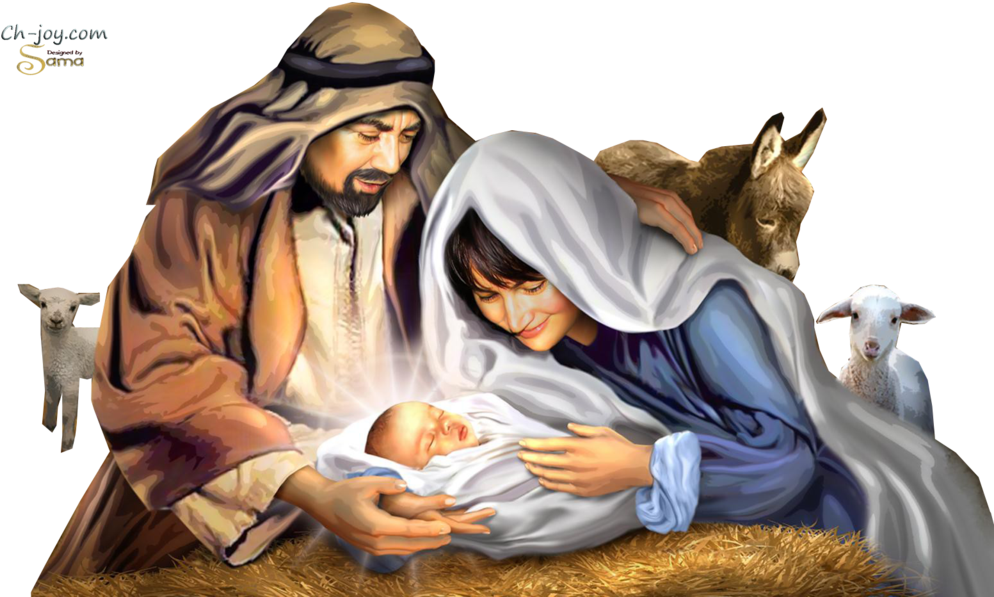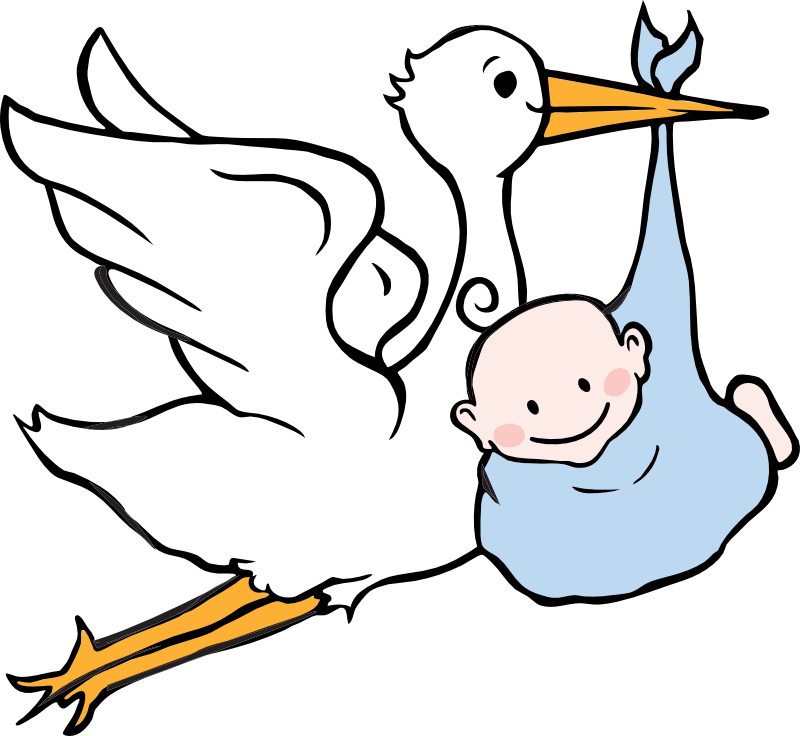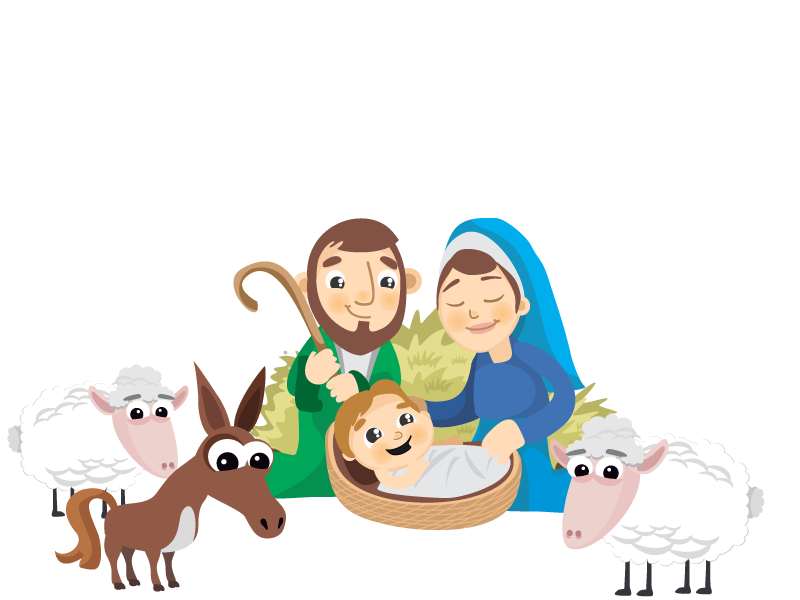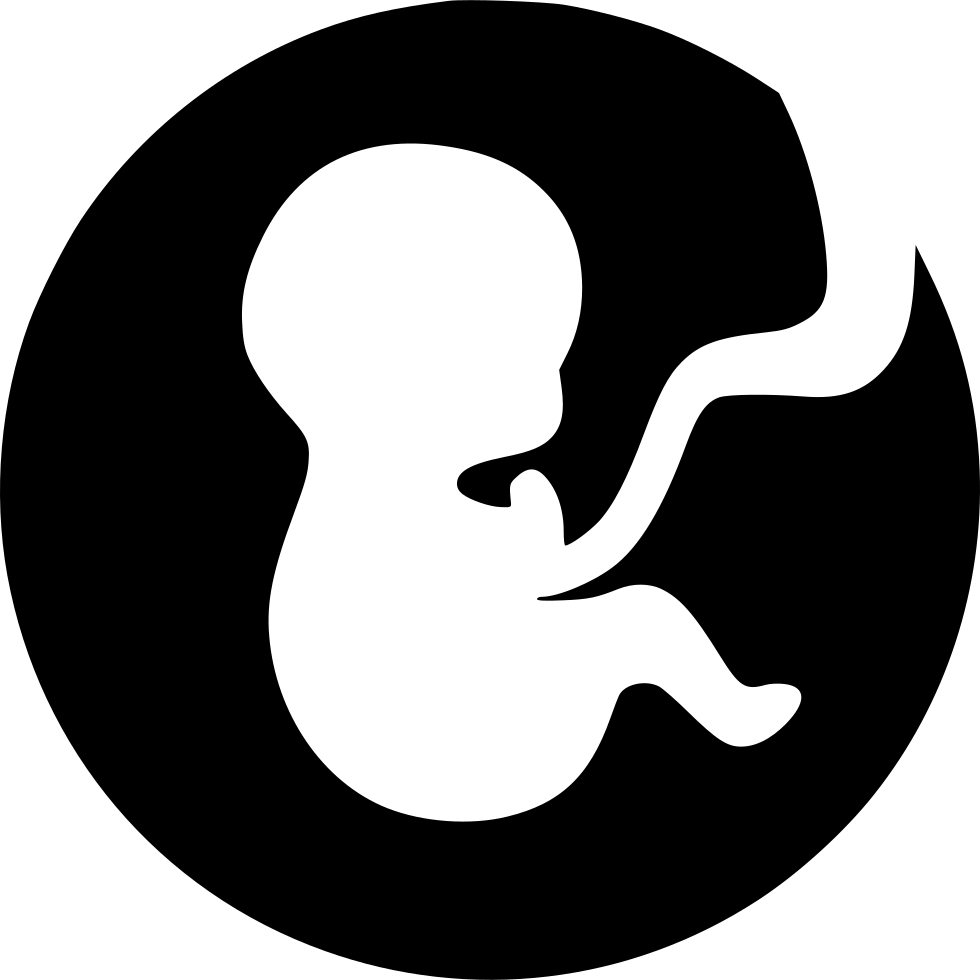Download top and best high-quality free Birth PNG Transparent Images backgrounds available in various sizes. To view the full PNG size resolution click on any of the below image thumbnail.
License Info: Creative Commons 4.0 BY-NC
Birth is the act or process of bearing or bringing forth offspring, referred to in technical contexts as parturition. In mammals, the process is triggered by hormones that cause the uterus’ muscular walls to contract, displacing the fetus during the developmental stage when it is ready to feed and breathe. In some species, the offspring is accurate and can move almost immediately after birth, but in others, it is an alternative and depends entirely on paternity. In marsupials, the fetus is born at a very immature stage after a short gestational period and develops further in the maternal sac.
Not only mammals give birth. Some reptiles, amphibians, fish and invertebrates carry developing offspring. Some of them are ovoviviparous animals, whose eggs hatch inside the mother’s body; others are viviparous, with an embryo developing inside her body, as in mammals.
Large mammals such as primates, cattle, horses, some antelopes, giraffes, hippos, rhinos, elephants, seals, whales, dolphins, and porpoises are usually pregnant with one offspring. However, they may have twins or multiple births. In these large animals, the birth process is similar to that of a human, although for the most part, the offspring are accurate. This means that it is born in a more advanced state than a human infant and can stand, walk and run (or swim in the case of aquatic mammals) shortly after birth. In whales, dolphins and marine breeds, one calf is usually born on the first tail, which minimizes the risk of drowning. The mother encourages the newborn calf to rise to the surface of the water to breathe.
Most of the smaller mammals give birth several times, giving birth to litters from young, twelve or more. In these animals, each fetus is surrounded by its amniotic sac and has a separate placenta. This is detached from the uterus wall during labor, and the fetus enters the birth canal.
Large mammals giving birth to twins are much less common but are sometimes found even in large mammals such as elephants. In April 2018, around 8-month-old twin elephants were seen joining their mother’s herd in Tanzania’s Tarangire National Park, estimated to have been born in August 2017. Humans usually produce one offspring at a time. The mother’s body prepares for childbirth due to hormones produced by the pituitary gland, ovaries and placenta. The total gestation period from fertilization to delivery is usually about 38 weeks (labor usually occurs 40 weeks after the last menstrual period). The standard labor process takes several hours and consists of three stages.
Download Birth PNG images transparent gallery.
- Birth PNG Free Image
Resolution: 734 × 980
Size: 49 KB
Image Format: .png
Download
- Birth PNG File
Resolution: 980 × 980
Size: 66 KB
Image Format: .png
Download
- Birth Calendar PNG
Resolution: 1183 × 1280
Size: 47 KB
Image Format: .png
Download
- Christ Jesus Birth PNG Clipart
Resolution: 1000 × 784
Size: 163 KB
Image Format: .png
Download
- Stork Birth PNG HD Image
Resolution: 512 × 512
Size: 13 KB
Image Format: .png
Download
- Stork Birth PNG Pic
Resolution: 512 × 512
Size: 11 KB
Image Format: .png
Download
- Stork Birth PNG Download Image
Resolution: 512 × 512
Size: 17 KB
Image Format: .png
Download
- Stork Birth PNG High Quality Image
Resolution: 512 × 512
Size: 14 KB
Image Format: .png
Download
- Stork Birth PNG Images
Resolution: 512 × 512
Size: 17 KB
Image Format: .png
Download
- Stork Birth PNG Image File
Resolution: 512 × 512
Size: 13 KB
Image Format: .png
Download
- Stork Birth PNG Photo
Resolution: 512 × 512
Size: 13 KB
Image Format: .png
Download
- Vector Birth Cake PNG Image
Resolution: 512 × 512
Size: 6 KB
Image Format: .png
Download
- Stork Birth PNG Image HD
Resolution: 512 × 512
Size: 12 KB
Image Format: .png
Download
- Stork Birth PNG
Resolution: 512 × 512
Size: 14 KB
Image Format: .png
Download
- Newborn Birth Baby PNG
Resolution: 600 × 574
Size: 15 KB
Image Format: .png
Download
- Stork Birth PNG Image
Resolution: 512 × 512
Size: 11 KB
Image Format: .png
Download
- Stork Birth Transparent
Resolution: 1200 × 1150
Size: 191 KB
Image Format: .png
Download
- Christ Jesus Birth PNG Free Download
Resolution: 600 × 926
Size: 636 KB
Image Format: .png
Download
- Stork Birth PNG Clipart
Resolution: 512 × 512
Size: 25 KB
Image Format: .png
Download
- Birth Calendar PNG Image
Resolution: 512 × 512
Size: 7 KB
Image Format: .png
Download
- Stork Birth PNG Free Download
Resolution: 512 × 512
Size: 10 KB
Image Format: .png
Download
- Stork Birth PNG Picture
Resolution: 512 × 512
Size: 32 KB
Image Format: .png
Download
- Christ Jesus Birth PNG Picture
Resolution: 600 × 810
Size: 377 KB
Image Format: .png
Download
- Vector Birth Cake Transparent
Resolution: 512 × 512
Size: 11 KB
Image Format: .png
Download
- Birth PNG HD Image
Resolution: 512 × 512
Size: 15 KB
Image Format: .png
Download
- Vector Birth Cake PNG Clipart
Resolution: 904 × 980
Size: 37 KB
Image Format: .png
Download
- Stork Birth PNG Free Image
Resolution: 512 × 512
Size: 8 KB
Image Format: .png
Download
- Vector Birth Cake PNG Free Download
Resolution: 512 × 512
Size: 6 KB
Image Format: .png
Download
- Birth PNG Pic
Resolution: 1264 × 1600
Size: 147 KB
Image Format: .png
Download
- Birth PNG Download Image
Resolution: 2231 × 1393
Size: 196 KB
Image Format: .png
Download
- Christ Jesus Birth PNG Free Image
Resolution: 512 × 512
Size: 30 KB
Image Format: .png
Download
- Stork Birth PNG File
Resolution: 640 × 820
Size: 138 KB
Image Format: .png
Download
- Birth PNG High Quality Image
Resolution: 512 × 512
Size: 90 KB
Image Format: .png
Download
- Birth PNG
Resolution: 512 × 512
Size: 120 KB
Image Format: .png
Download
- Birth PNG Image
Resolution: 500 × 500
Size: 9 KB
Image Format: .png
Download
- Birth Transparent
Resolution: 512 × 512
Size: 16 KB
Image Format: .png
Download
- Christ Jesus Birth PNG File
Resolution: 512 × 413
Size: 158 KB
Image Format: .png
Download
- Birth PNG Clipart
Resolution: 512 × 512
Size: 8 KB
Image Format: .png
Download
- Vector Birth Cake
Resolution: 521 × 579
Size: 22 KB
Image Format: .png
Download
- Birth
Resolution: 2943 × 2943
Size: 129 KB
Image Format: .png
Download
- Christ Jesus Birth
Resolution: 1974 × 1498
Size: 1403 KB
Image Format: .png
Download
- Christ Jesus Birth PNG
Resolution: 1125 × 1200
Size: 1022 KB
Image Format: .png
Download
- Birth PNG Free Download
Resolution: 1691 × 2102
Size: 76 KB
Image Format: .png
Download
- Vector Birth Cake PNG
Resolution: 1521 × 1521
Size: 52 KB
Image Format: .png
Download
- Newborn Birth Baby
Resolution: 1361 × 612
Size: 17 KB
Image Format: .png
Download
- Christ Jesus Birth PNG Image
Resolution: 994 × 597
Size: 1100 KB
Image Format: .png
Download
- Stork Birth
Resolution: 800 × 736
Size: 115 KB
Image Format: .png
Download
- Christ Jesus Birth Transparent
Resolution: 800 × 600
Size: 90 KB
Image Format: .png
Download
- Birth Calendar
Resolution: 512 × 512
Size: 4 KB
Image Format: .png
Download
- Birth PNG Picture
Resolution: 980 × 980
Size: 53 KB
Image Format: .png
Download

